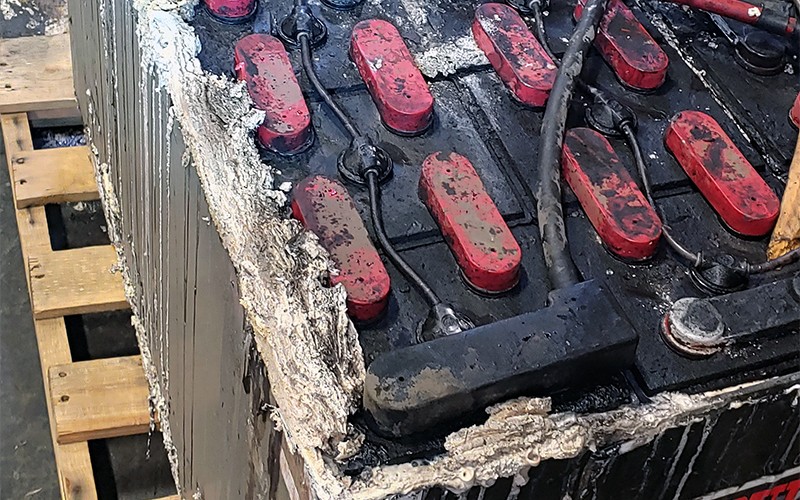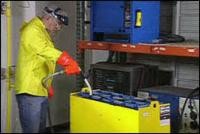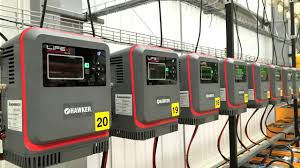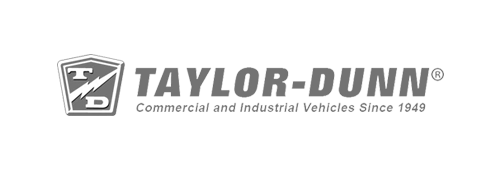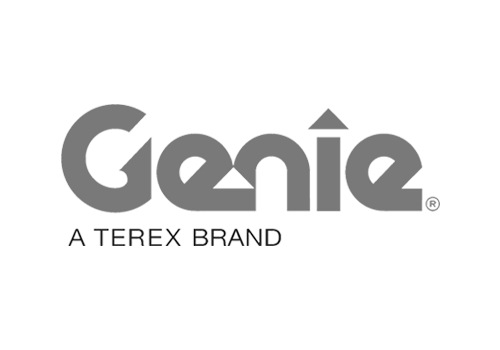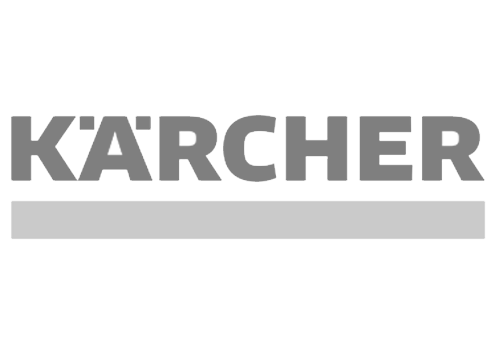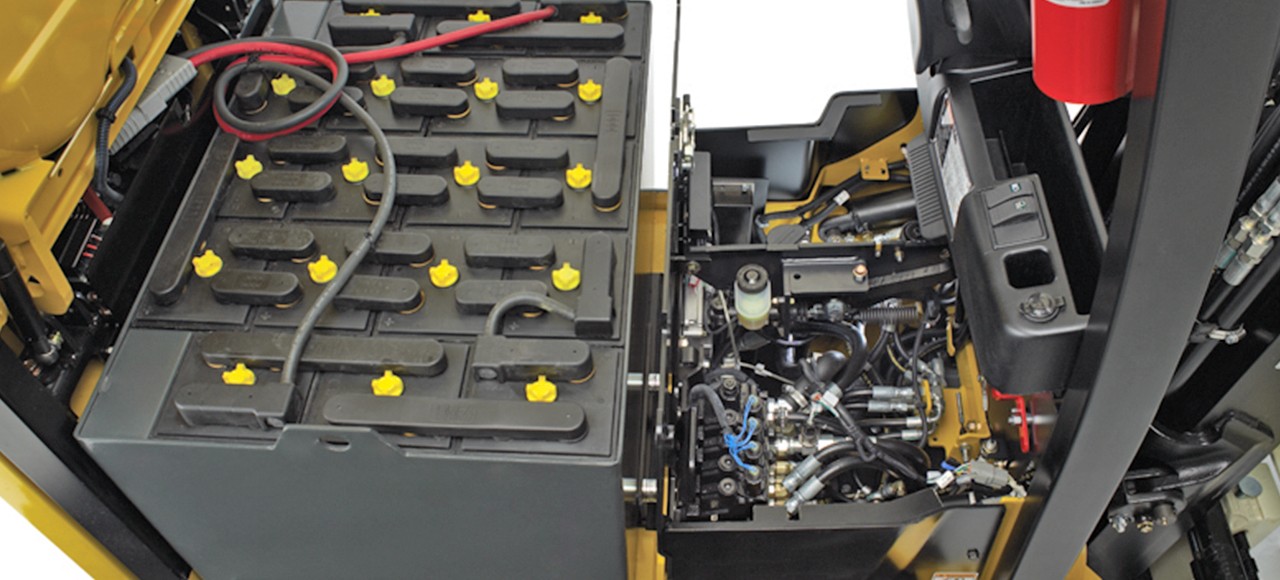
To prevent damage and reduced cycle life, batteries must be fully charged prior to extended idle periods. A small amount of additional care is required to ensure each battery achieves maximum life. Due to the differences in the construction of Vented Lead‐Acid VLA/Flooded batteries and NexSys Thin Plate Pure Lead/TPPL batteries, separate instructions are required.
Battery Types
VLA-Vented Lead Acid /Flooded
VLA/Flooded batteries have two major damage mechanisms (sulfation and stratification) if proper care is not taken during a prolonged idle period. Antimony is added to each plate grid for strength and durability. The trade from the extra strength is an increased self‐discharge rate. Any parasitic loads, such as a battery monitoring device, will also discharge the battery. Over time, a lead-acid battery left in a discharge state will “Sulfate”. A “Sulfated” battery will have reduced capacity and reduced cycle life. Also, over time, the battery Electrolyte will stratify, meaning the heavier Sulfuric Acid will sink to the bottom of the cell, leaving only water on the upper portions of the cell. The highly concentrated acid will attack and destroy the lower portions of the plates within the cell.
How To Care For Idle VLA Batteries
Equalize Charge the battery by pressing the manual Equalize button on the charger. The Equalize Charge will ensure that all cells are fully charged and the Electrolyte (Sulfuric Acid and water) is thoroughly mixed. The Electrolyte will be at its maximum level at the end of the Equalize Charge. Ensure the Electrolyte is approximately ¼” from the bottom of the vent well to ensure all plates remain covered during the lay‐up period. Clean the top of the battery with an acid-neutralizing agent such as PRO Wash to prevent extra paths for current flow on the battery. Remove any parasitic loads such as the Wi‐iQ, fan, heat blanket, and any other battery monitoring devices, to prevent further battery discharge. If the battery has a Wi‐IQ installed, simply remove the fuse on the positive lead and tape the fuse to the fuse holder. Leave the battery on an approved battery rack, pallet, or simply leave it in its designated truck. If possible, ensure the battery is stored in a cool dry location, ideally 77°F or 25°C.
Once a month during the idle period, read and record the voltage of each cell in the battery. This is what is referred to as Individual Cell Voltage (ICV). All ICVs should be within 0.04VDC of each other. Determine the cell with the highest and lowest ICV and measure the specific gravity(sg). Also, measure the sg of a few random cells in the battery. If any sg is 1.240 or below, or there is a wider variance than 0.04VDC per cell, Boost Charge the battery. Boost Charge is synonymous with manual Equalize Charge. Verify the water level after every Boost Charge.
Boost Charge the battery every three months during the idle period regardless of ICV and sg measurements. If the battery is stored in an area with average temperatures >80°F/27°C, Boost Charge every two months because the higher temperatures accelerate self‐discharge and stratification. The purpose is to reverse the effects of self‐discharge and stratification. Verify the water level after every Boost Charge.
Prior to placing the battery back into service, Boost Charge, verify water level, and reconnect all peripheral devices.
How To Remove Vented Lead Acid VLA/Flooded Batteries
- Equalize Charge battery
- Connect battery to charger
- Press Equalize button on charger
- Verify proper electrolyte level upon completion of Equalize Charge
- Electrolyte level must be above splash guard and approximately ¼” below vent well
- Add water as necessary per battery instruction manual
- Disconnect all peripheral devices (parasitic loads)
- Wi‐iQ, remove fuse and tape fuse to fuse holder
- Any other battery monitoring device
- Battery fan
- Battery heat blanket
- Etc
- Clean or wipe down battery with acid-neutralizing agent (PRO Wash)
- Place battery in cool dry area (ideal temperature, 77°F, 25°C)
- On battery rack
- Or, on a pallet on the floor or suitable rack
- Monitor battery, monthly
- Check Individual Cell Voltage (ICV)
- Test specific gravity on the cells with lowest ICV, highest ICV and one or two in with the average ICV
- If any cell has a specific gravity of 1.240 or less, Boost Charge (Equalize Charge) the battery
- Boost Charge (Equalize Charge) due to battery self‐discharge and electrolyte stratification
- Average ambient temperature of (>80°F, 27°C), boost every two months
- Average ambient temperature of (<80°F, 27°C), boost every three month
How To Return Vented Lead Acid VLA/Flooded Batteries
- Equalize Charge battery
- Connect battery to charger
- Press Equalize button on charger
- Verify proper electrolyte level upon completion of Equalize Charge
- Electrolyte level must be above splash guard and approximately ¼” below vent well
- Add water as necessary per battery instruction manual
- Reconnect all peripheral devices (parasitic loads)
- Wi‐iQ, remove fuse and tape fuse to fuse holder
- Any other battery monitoring device
- Battery fan
- Battery heat blanket
- Etc
Enersys NexSys/TPPL-Thin Plate Pure Lead
NexSys/TPPL batteries have a much longer “shelf‐life” than other types of lead‐acid batteries, but only if the batteries are stored in a fully charged state. Thin Plate Pure Lead (TPPL) refers to the grid composition of pure lead. Since the battery construction does not require stronger plate grids, additives such as Antimony are not required and therefore self‐discharge at a much slower rate. Another benefit of the NexSys battery is the Electrolyte does not stratify because it is suspended in an Absorbed Glass Mat (AGM) which prevents the Sulfuric Acid and water from separating.
If you are able to store the NexSys battery within reach of a NexSys charger, simply connect the battery to the charger and leave it. The NexSys charger constantly monitors the connected battery and will automatically boost the battery when needed.
How To Care For Idle Enersys NexSys/TPPL-Thin Plate Pure Lead Batteries
If you are not able to store the battery next to a NexSys charger, fully charge the battery and press the manual Weekly Charge button on the charger. Upon the completion of the weekly charge, verify the top of the battery is clean. Remove all parasitic loads such as the Wi‐iQ, fan, heat blanket, and any other battery monitoring devices, to prevent further battery discharge. If the battery has a Wi‐IQ installed, simply remove the fuse on the positive lead and tape the fuse to the fuse holder. DO NOT DISCONNECT THE POD. Leave the battery on an approved battery rack, pallet, or simply leave it in its designated truck. If possible, ensure the battery is stored in a cool dry location, ideally 77°F or 25°C.
Every three months during the idle period, read and record the voltage of each cell in the battery, referred to as Individual Cell Voltage (ICV). If any ICV is 2.12VDC or less, Boost Charge the battery using the Weekly Charge function on the NexSys charger. If the POD beeps at any time and/or the LED flashes red, Boost Charge the battery. For Bloc batteries, Boost Charge the battery if any individual Bloc is 12.72VDC or less.
At the end of the idle period, measure the ICV and charge the battery if any ICV is 2.12VDC or less, then reconnect the peripheral loads. 12.72VDC for individual Blocs.
How To Remove NexSys/TPPL Batteries
- Connect to NexSys charger
- The NexSys charger will automatically Refresh Charge the battery to compensate for the minimal self‐discharge and parasitic loads
- If unable to leave the NexSys charger connected
- Weekly Charge the battery
- Press Weekly Charge button on the NexSys charger
- Disconnect all peripheral devices (parasitic loads)
- Wi‐iQ, remove fuse and tape fuse to fuse holder
- Any other battery monitoring device
- Battery fan
- Battery heat blanket
- Etc
- Weekly Charge the battery
- Wipe down top of battery if necessary
- Place battery in cool dry area (ideal temperature, 77°F, 25°C)
- On battery rack
- Or, on a pallet on the floor or suitable rack
- Every three months
- Check Individual Cell Voltage (ICV)
- If any ICV is 2.12VDC or less, Boost Charge (Weekly Charge) the battery. 12.72VDC for individual Blocs.
How To Return NexSys/TPPL Batteries
- Check Individual Cell Voltage (ICV)
- If any ICV is 2.12VDC or less, Boost Charge (Weekly Charge) the battery. 12.72VDC for individual Blocs.
- Reconnect all peripheral devices (parasitic loads)
- Wi‐iQ, remove fuse and tape fuse to fuse holder
- Any other battery monitoring device
- Battery fan
- Battery heat blanket
- Etc
Contact Barclay
For more help on battery maintenance or a battery planned maintenance program, contact Barclay at 908-223-8580.

